How Can You Help?
The infographics on the poster highlight areas where there is work to be done to raise the quality of life for the most vulnerable populations, address climate change, and preserve threatened ecosystems. In all of these areas, there are roles for individuals to play in making a difference. Many organizations welcome your involvement, whether you’re contributing funds or volunteering time.
The list of organizations below is just a starting point for exploring ways to affect change on the five call-out areas on the “State of the Global Family” side of the poster.
How To Help … International Migrants?
International aid organizations help resettle migrants and need volunteers to provide basic home supplies, language skills and other services to ease their transition into new communities. Many of these organizations have local projects in communities around the U.S. and Canada. Other resettlement efforts are coordinated by faith-based organizations and cultural institutions.
Organizations That Help Migrants
The International Rescue Committee (IRC) helps people affected by humanitarian crises — including the climate crisis — to survive, recover, and rebuild their lives. IRC works in over 40 countries, providing health care, children’ education and “empowering individuals to become self-reliant, always seeking to address the inequalities facing women and girls.” Their website includes a number of ways to get involved in their work.
UNHCR, the UN Refugee Agency, protects people forced to flee their homes due to conflict and persecution. They work in more than 130 countries and have several campaigns to engage young people’s support including being a Young Champion, entering the Model UN Refugee Challenge or the Youth with Refugees Art Contest.
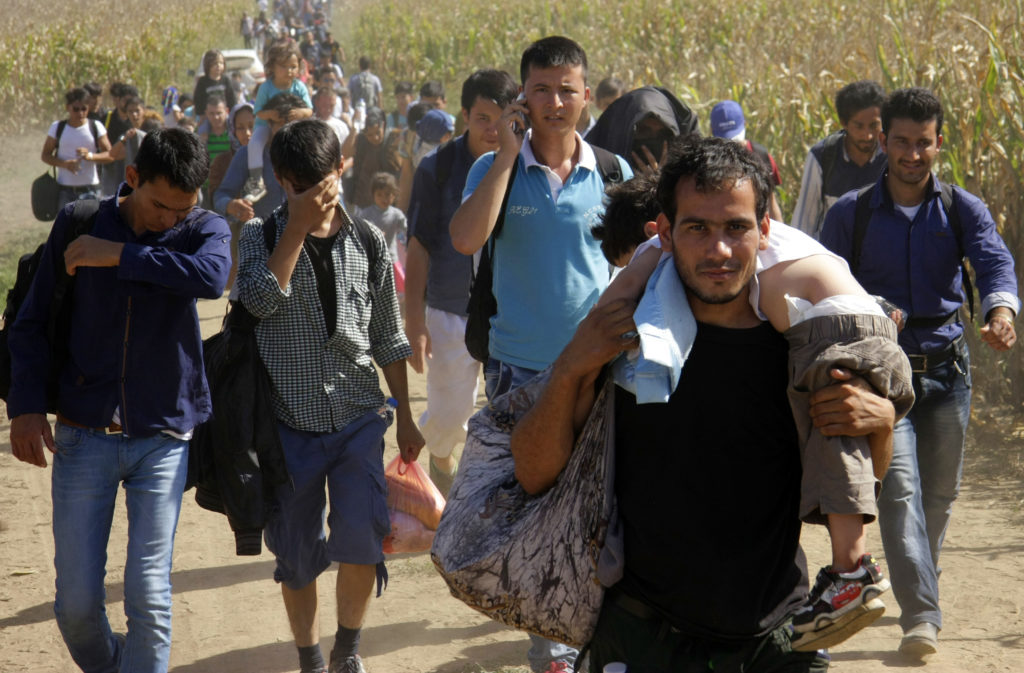
How To Help … Clean Water and Sanitation Access?
Numerous organizations provide resources to rural communities around the world to improve their water and sanitation infrastructures – key ingredients to advance public health. Donations to support their work can take the form of fundraisers run through your school, community organization, or even as part of a social event like a birthday party.
Organizations That Help Provide Clean Water
Check out Charity:Water and Water.org to learn about their water projects, the people they serve, and ways you can support their work.
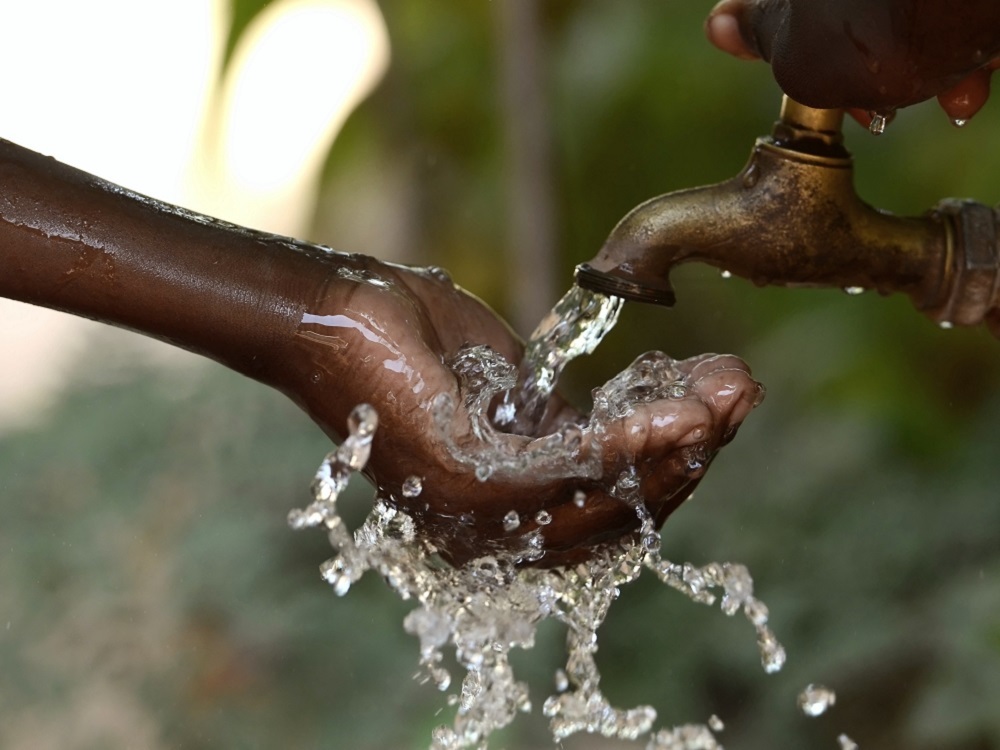
How To Help … Biodiversity?
One way to help preserve biodiversity is to be a citizen scientist, observing and documenting the biodiversity in your local area – even within cities. Take part in the City Nature Challenge (Bioblitz) or create new habitats with Homegrown National Park. The app iNaturalist (an initiative from the California Academy of Sciences and the National Geographic Society) is an online social network of people sharing biodiversity information to help each other learn about nature. The app is a crowdsourced tool to identify species, record your own observations, and collaborate with others. Your findings are shared with scientific data repositories like the Global Biodiversity Information Facility.
Some of the largest environmental protection organizations including World Wildlife Fund and The Nature Conservancy also have information on ways to advocate for nature and protect biodiversity.
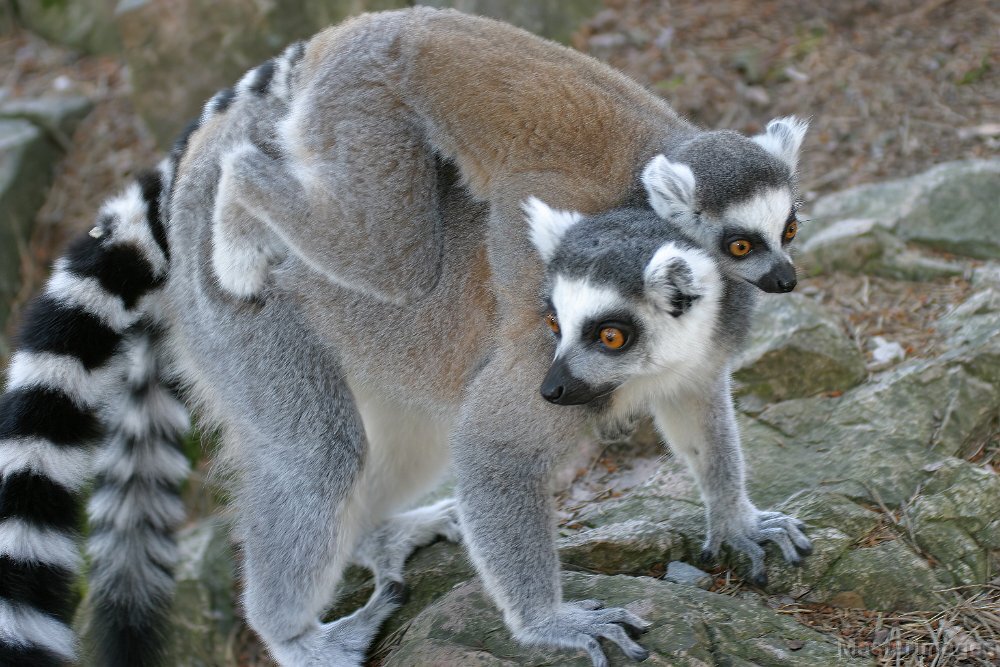
How To Help … Reduce Carbon Emissions?
Each of us can do our part to reduce our carbon footprint. The David Suzuki Foundation outline ways individuals can make better choices in our homes, traveling, and in our consumer purchases that reduce fossil fuel use.
Changing individual behaviors can help reduce emissions but joining a growing movement to demand action from governments and industry is also critical. Check out activities sponsored by 350.org, ranging from petition signing to joining one of their many local affiliates.
The Clean Air Task Force is a leader in advancing climate solutions. CATF has an impressive track record shaping and ensuring the passage of large-scale policies and agreements such as the Inflation Reduction Act and Global Methane Pledge.
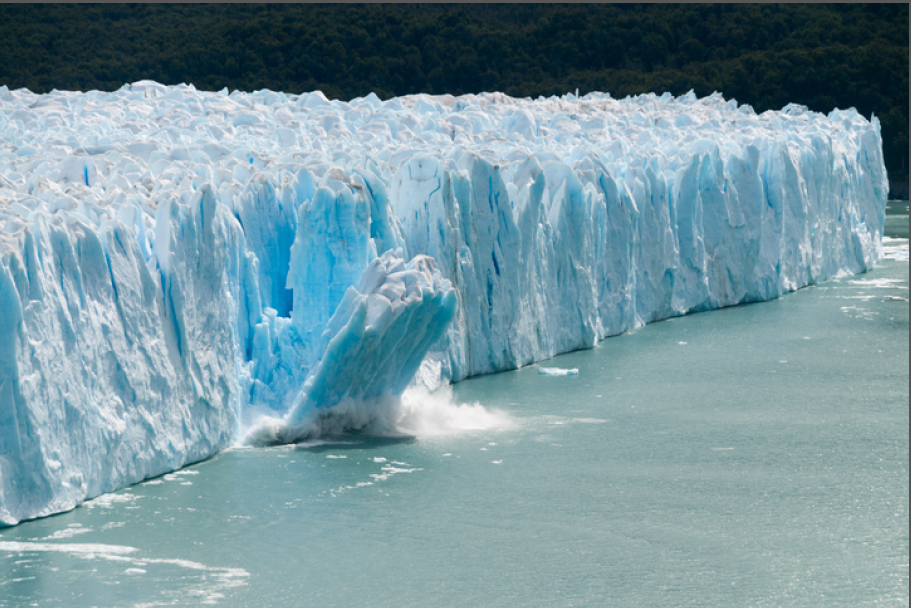
How To Help … by Eating Less Meat?
Reducing our own meat consumption and advocating for others to do the same can have a big impact. Learn more about a “Planetary Health Diet” from the Harvard T.H. Chan School of Public Health. You can also educate yourself about the environmental impacts of animal-based foods with this fact sheet from EarthDay.org.
How Can Eating Less Meat Help the Environment?
If the demand for meat decreased, there would be less livestock production, which would reduce carbon emissions, water use and pollution, and deforestation. The production of animal-based foods — particularly beef — is responsible for about half of the food system’s greenhouse gas emissions. Cattle use far more resources than they produce in edible food, including about 45% of grain produced in the U.S.
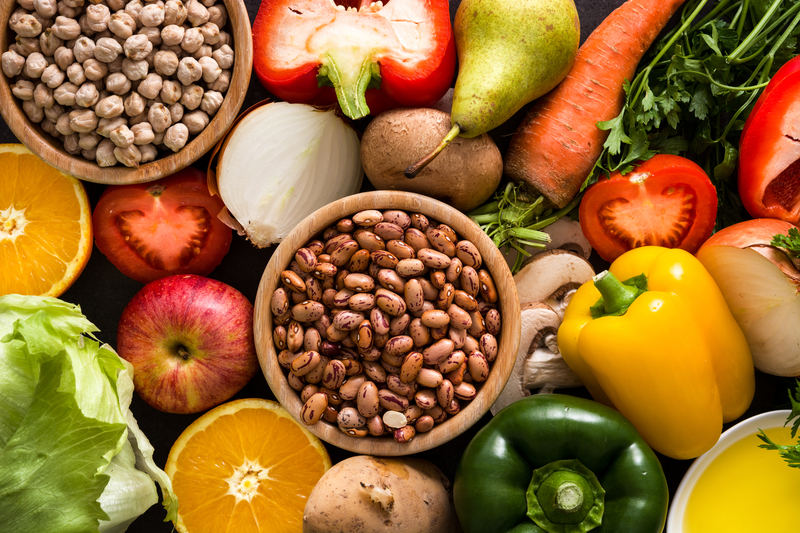
Raise You Voice for People and the Planet
Educate and advocate for the issues you care about. This Activism Toolkit includes strategies for using the media (social and traditional), influencing lawmakers, fundraising for your cause and more. Don’t ever underestimate the power of one person to make a difference!